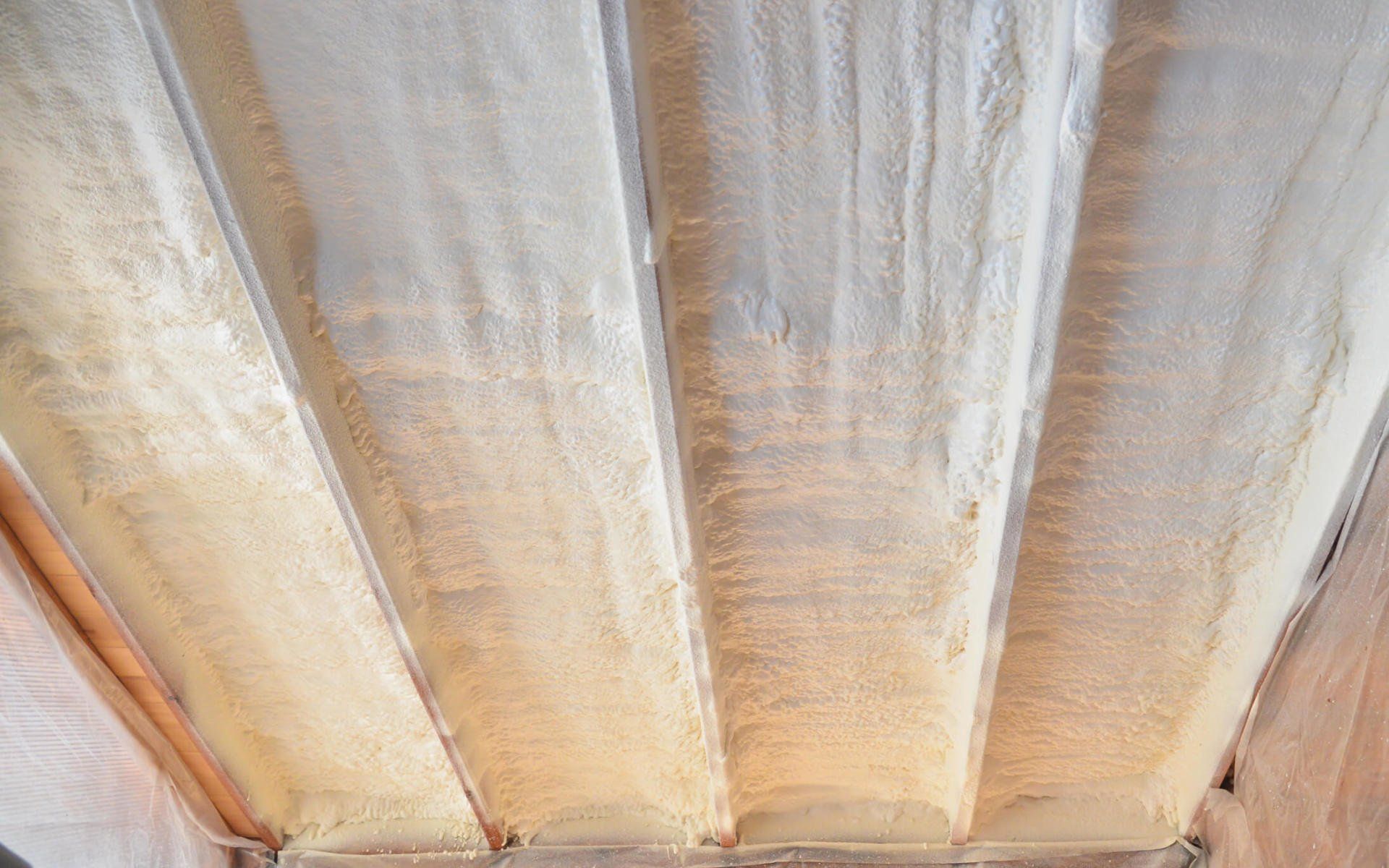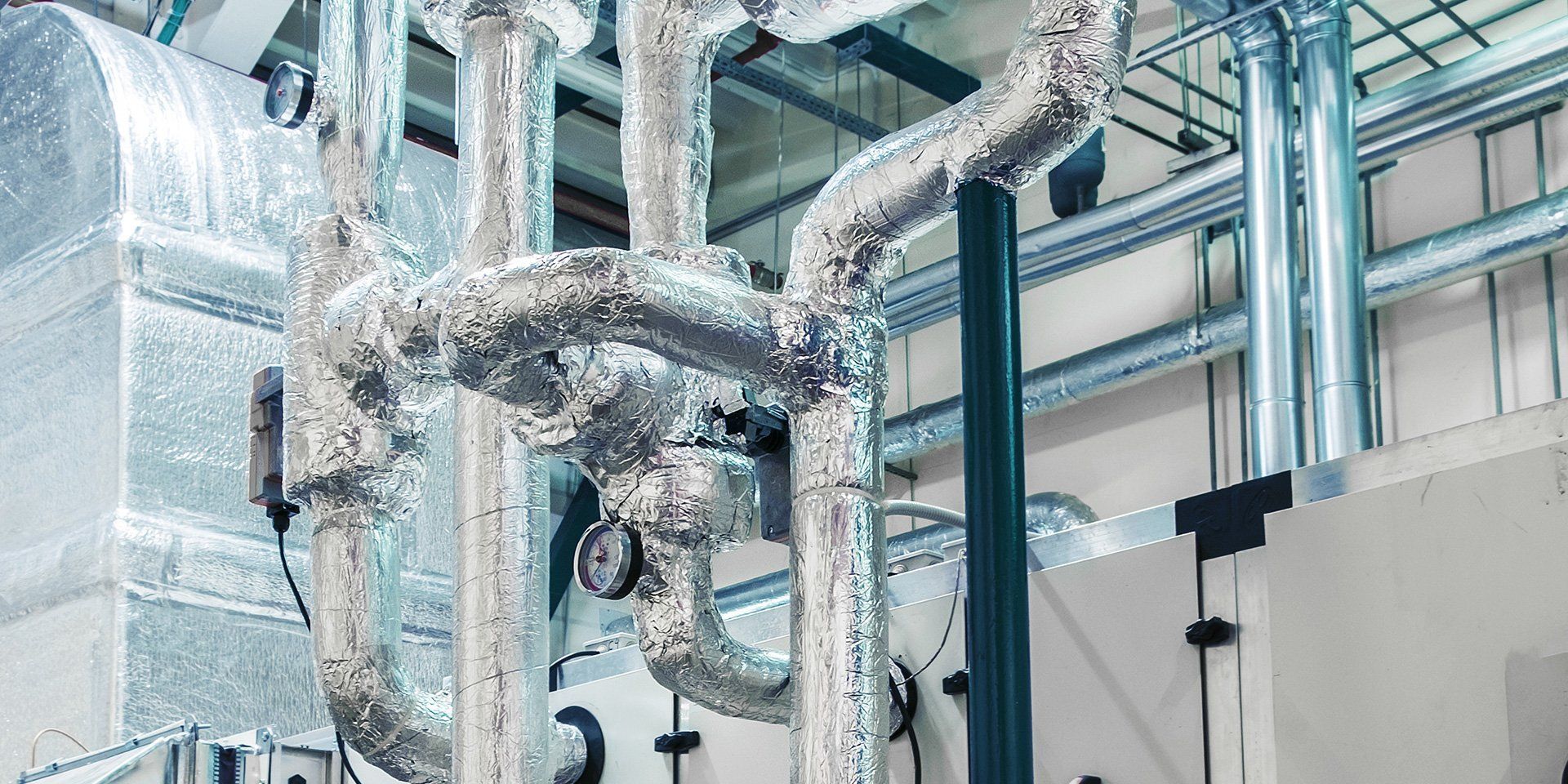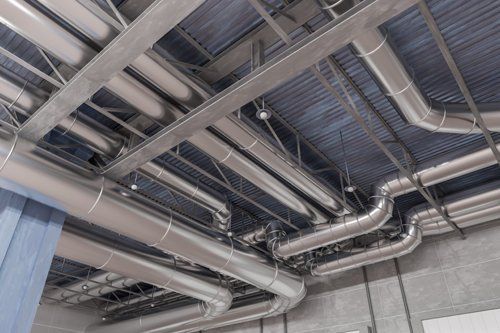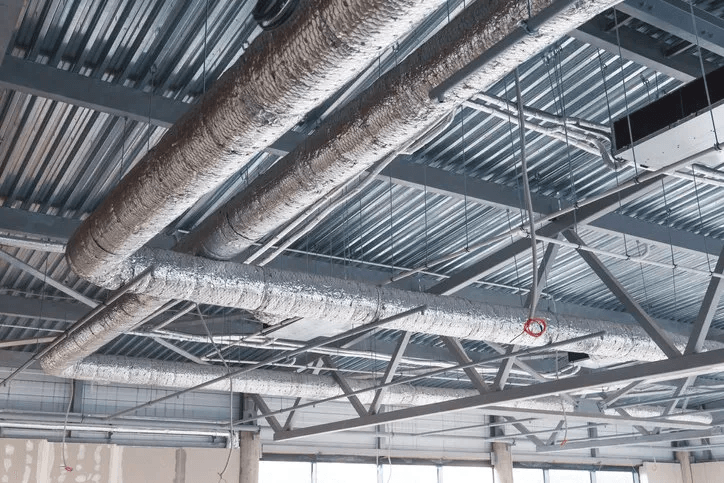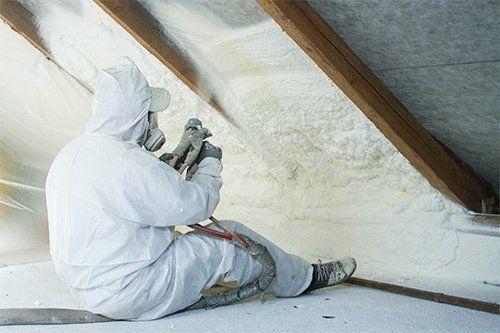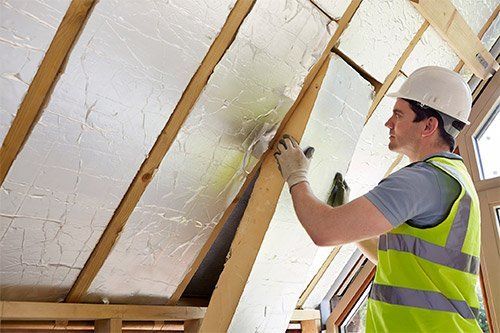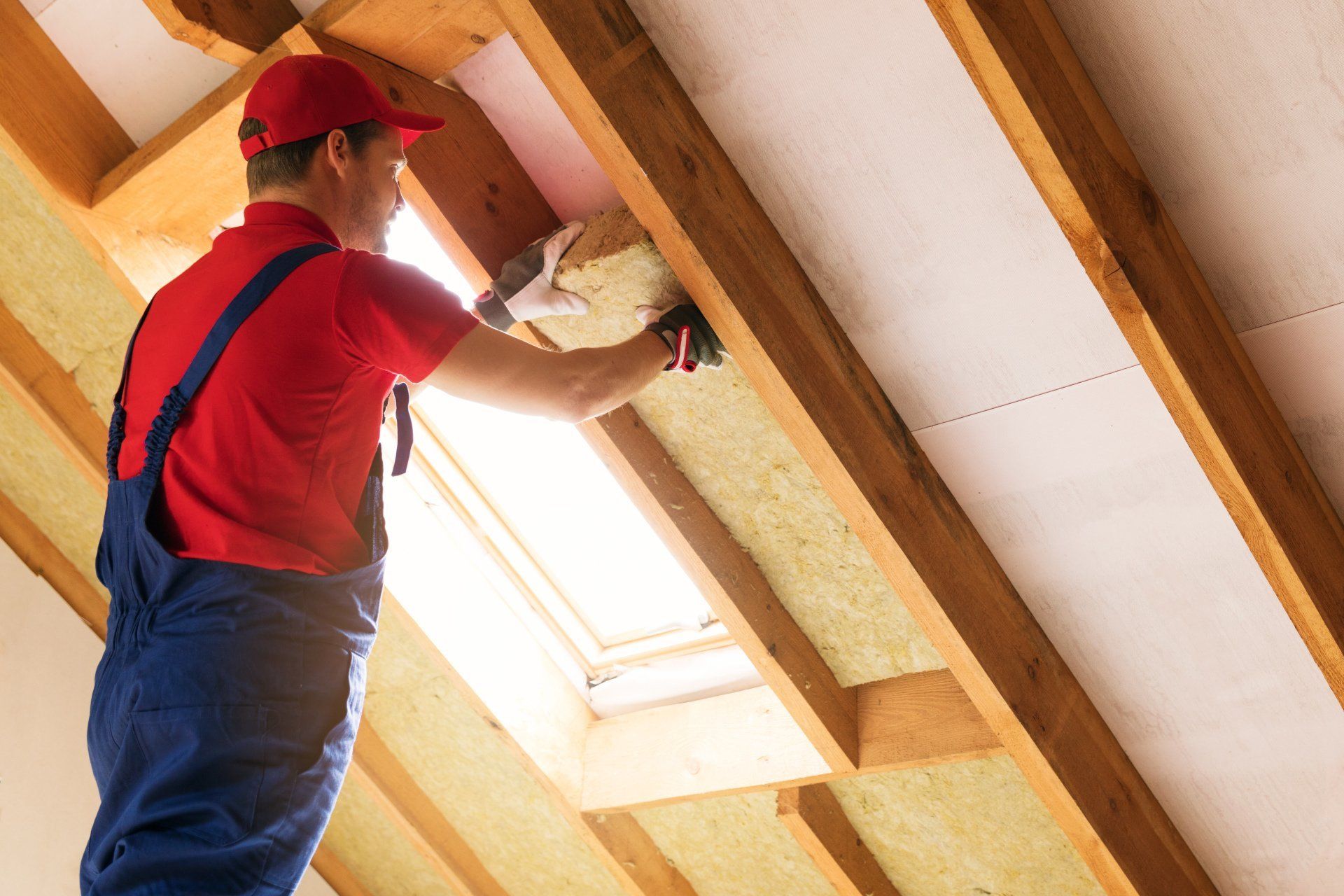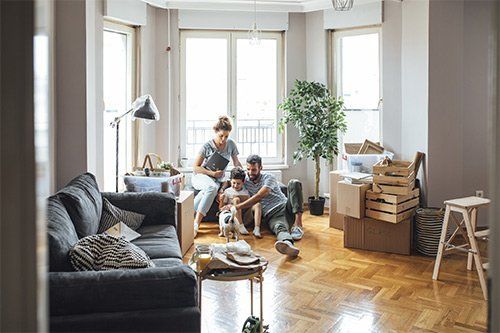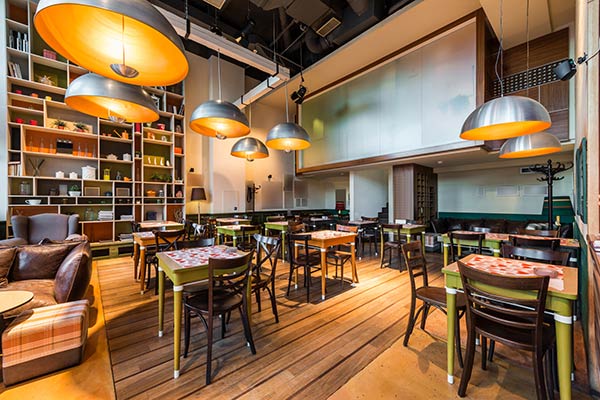What Is LEED Certification? And Why Should You Seek It?

The Basics of LEED
LEED stands for Leadership in Energy and Environmental Design. LEED was designed to provide the public with a way to rate the energy efficiency and environmental friendliness of both public and private buildings. LEED certification is given using points in various categories. When the building or project's points add up to a certain level as a whole, it can be certified under LEED.
The Five Rating Systems
All construction is not the same, of course. A new building or a full renovation can be designed with LEED certification in mind, for instance. If you're not renovating, though, you can still make limited efficiency improvements. But holding all these efforts to the same standard wouldn't be productive.
The LEED system recognizes these differences and rates structures based on the type of project or building. These five ratings include the following:
- Building Design and Construction, or new construction and significant renovations
- Interior Design and Construction, or interior-only renovations
- Building Operation and Maintenance, or non-renovation activities involving repairs and maintenance
- Neighborhood Development, or new development
- Homes, or single-family and small multi-family residences
Each ratings system has its own set of criteria for which points are given. The categories upon which a new core and shell construction project would be graded would be different than those upon which a leased space would be graded using interior alterations alone.
The Eight Categories
Within the ratings systems, there are eight basic categories for awarding points. The first is location and transportation, which grades such things as how close the structure is to forms of transportation and how well it's located for environmentally-friendly usage. The second, materials and resources, gauges the materials used in relation to their impact on the environment.
The third and fourth categories, water and energy efficiency, focus on minimizing and making efficient use of resources. A building might improve its energy efficiency points by using better insulation strategies that prevent heat and cold loss. Efficient use of water might include strategies such as recycling gray water and even adding green roofs to minimize rainwater runoff.
The sustainability category determines how your project affects the environment around it. And indoor environmental quality estimates the indoor air quality and how it has been improved.
The final two categories are for elements that vary from the normal requirements. Innovation in design offers recognition of creative solutions to problems and new ideas. The last category is for regional issues, such as harnessing solar power in sunny locations.
The Benefits of Certification
Getting LEED certification is not an easy task, nor is it a given even with modern construction practices. But doing so benefits your company in many ways.
What are some of these perks? Energy and water efficiency, for instance, reduces utility bills over the life of the structure. LEED certification is also a selling point for new homes and new buildings in a world that is increasingly conscious of its responsibility to the environment. It will raise the financial value of the building. And you're likely to see increased health in the building's users.
Ready to learn more about planning for and achieving LEED certification? The energy efficiency pros at Guy M. Beaty Co., Inc., can help. From the planning process to reviews and retrofitting, we are ready to help you get certified and enjoy the benefits that come with that. Call today to make an appointment.

